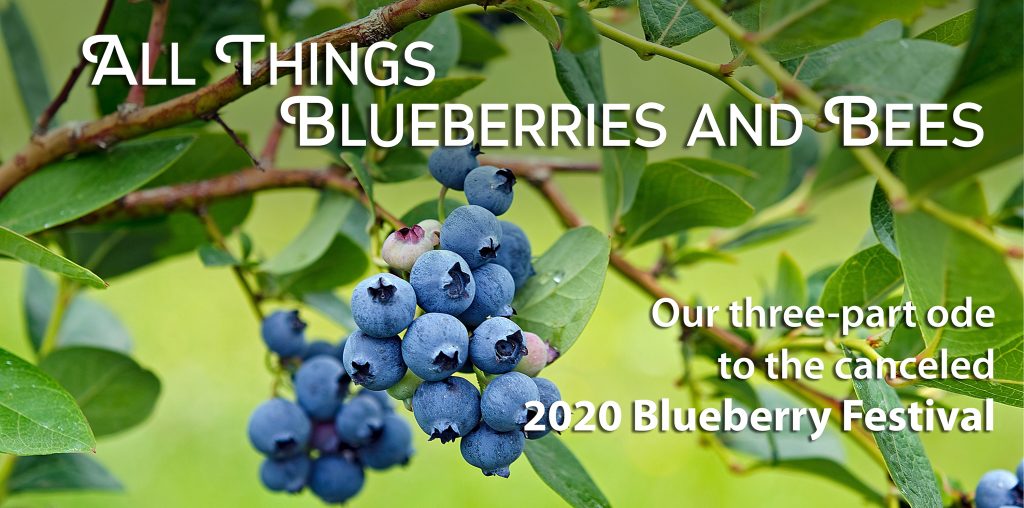Fertile Ground for Blueberries
Ideal soil conditions make the region perfect for blueberry farming.
BY Christine R. Gonzalez

Due to COVID-19 restrictions, the 2020 N.C. Blueberry Festival in Burgaw has been canceled, but blueberry farming and harvesting continues to thrive as it has for many generations, undeterred.
Blueberry cultivation is, in fact, growing in our region with North Carolina now farming over 7,500 acres a year. New varieties of blueberry plants sprout up all the time.
But commercial farmers don’t just plant a bush one year and expect a crop the next, or even the next. Bushes are cultivated for two years before they are planted in the field. After the first year, there is sparse production, then a bit more the next.
“It takes about five years for a plant to reach full crop potential,” says Willie Moore of Ivanhoe Blueberry Farm.
Moore is a third-generation blueberry farmer. His father, uncle and grandparents began their farm in Sampson County in 1941 on five acres. His family now has 620 acres under cultivation in Sampson and Pender counties.
Whether meteorites pushed away the topsoil, as farmers tell, or some other divine design, the soil is the reason blueberry farming is thriving.
“The soil is a high organic, low pH-type soil; it’s an acidic soil that is really only down here in southeastern North Carolina,” Moore says. “The White Lake area is big in blueberries, then you have Ivanhoe area, and into Pender County near the Burgaw-Rocky Point area.”
There are dozens of varieties of blueberries that bear fruit at different times.
“Each variety has a harvest season of about three weeks here in North Carolina,” says Cal Lewis of Lewis Nursery and Farms in Rocky Point. “In cooler climates that may last a bit longer, but to fill a full season we have to have multiple varieties. We call them early, mid, and late varieties. Each one has its own characteristics, growing habitat and flavor.”
Popular varieties include O’Neal, Star, Duke, New Hanover, and Lewis’s favorite, Legacy.
“Legacy is one of the most dominant varieties here, but it is not early. It comes in late May and lasts to about mid to late June,” he says.
Lewis grows a variety of berries and plants. About 400 acres of his land is planted in blueberries.
Farmers work in conjunction with N.C. State’s blueberry breeding program, paying an assessment to receive an allocation when new varieties are released. N.C. State breeders have developed more than 40 blueberry varieties since the program was started in the 1940s. Commercial farmers also use varieties developed in Florida and Georgia.
